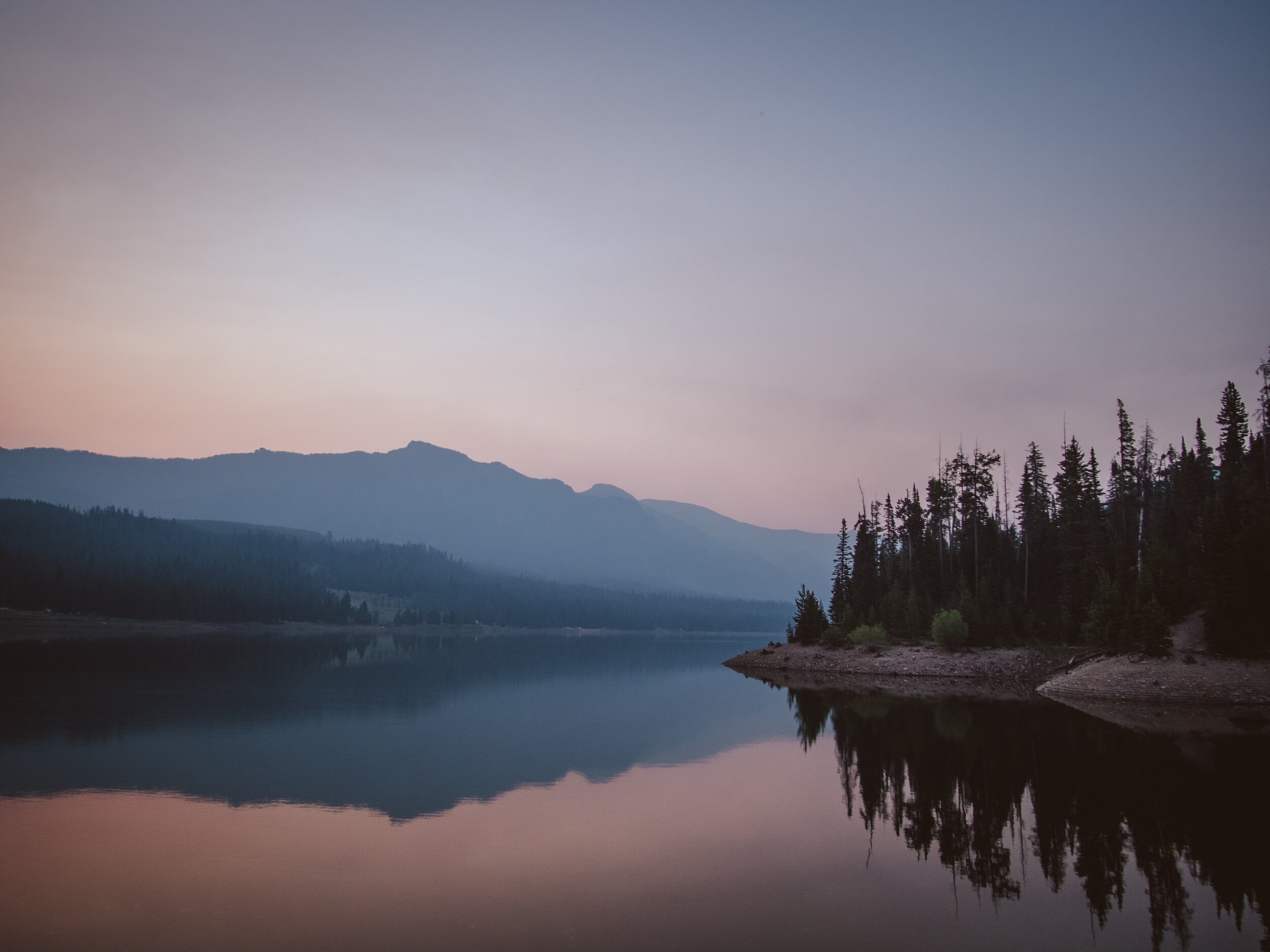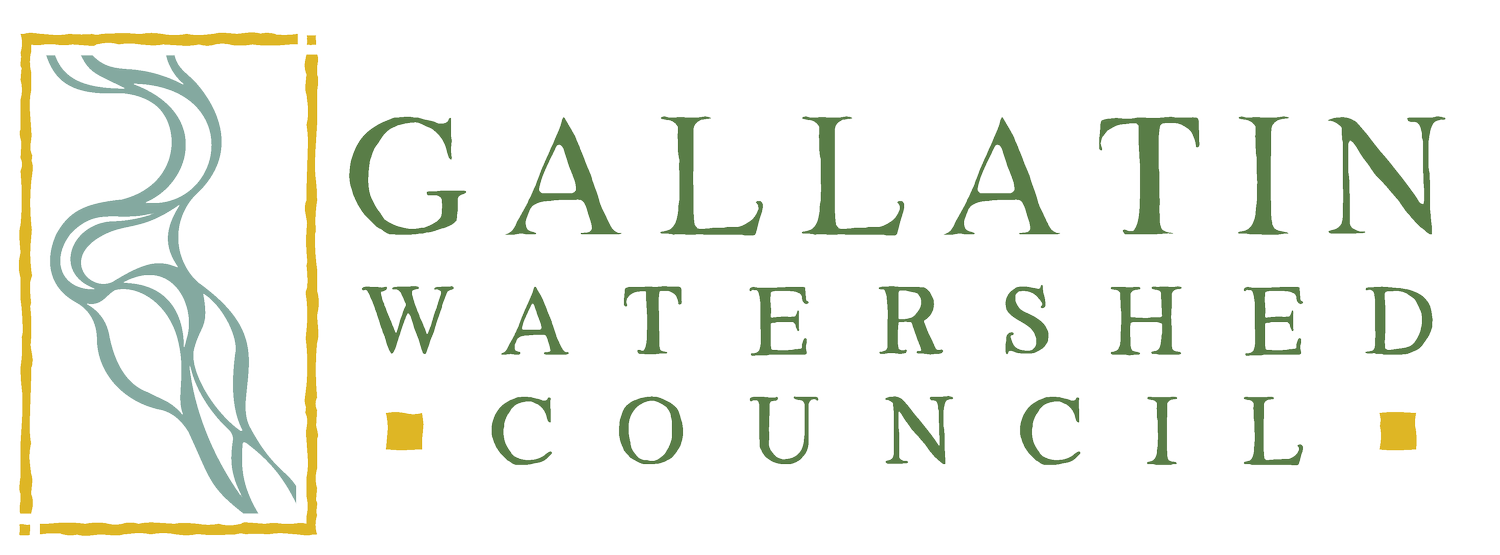
Lower Gallatin Watershed
Forest Health Resources
When we work together to improve forest health, we reduce the risk of wildfire. Tucked in the forested foothills of the Gallatin, Bridger, and Bangtail ranges is Bozeman’s drinking water supply, the headwaters of the Gallatin Watershed, and the homes of many people and critters. The security of each of these things depends on the health of the forest as a whole. Wildfires happen and we can work to reduce their extent and severity.
Objectives of this work are to:
Improve forest stand health, regeneration and productivity, and access to resources like nutrients and water.
Reduce likelihood of canopy fire and reduce potential fire severity.
Improve firefighter safety and effectiveness to suppress wildfire.
Protect water resources. Severe wildfires can lead to erosion and wreak havoc on water quality. The landscape also loses its natural ability to slow and store water, which can cause flash flooding and exacerbate drought conditions.
Improve wildlife habitat and forage.
BEST MANAGEMENT PRACTICES
Grow native plants: Montana’s forests are adapted for wildfires and native plant communities are more drought tolerant and fire resistant. Non-native plants often dry out more quickly and become easy tinder for wildfires. Plant communities that are consistent with the ecology of a particular site are also the most well suited to enhance soil health and support wildlife and pollinators.
Treat weeds: Control of invasive and noxious weeds protect and enhance native plant species. This practice can enhance the quality and quantity of forage, restore wildlife habitat, protect soils from erosion, and reduce fuel loads and wildfire hazards. Weed control can be chemical, mechanical, or biological.
Prune trees and shrubs: Removal of selected branches and shoots can improve the health of trees and shrubs. Removing damaged and unhealthy portions of the plants can promote renewal and growth. Pruning can also encourage growth of understory plants by allowing sunlight to reach the forest floor. Pruning is used to improve safe access to a site by cutting low or hazardous branches and by removing fuels that contribute to wildfire risk.
Thin small diameter understory trees and shrubs: Reducing the number of small-diameter trees and shrubs in a forest decreases wildfire risk by decreasing burnable fuel and by breaking the “fuel ladder” that allows a fire to quickly move from the forest floor to the canopy of the overstory trees. Thinning also gives the remaining trees more room and resources to grow. Trees compete for sunlight, water and nutrients, so thinning can improve stand health, drought tolerance, disease resistance, and timber value.
Perform prescribed burning: A planned fire that safely burns a predetermined area of land can have many natural resources benefits. Periodic, low severity fire supports healthy native plant communities by enhancing soil health and reducing pressure from weeds, pests, pathogens, and diseases. Improved native plant and seed production is good for pollinators, wildlife habitat, and the quality and quantity of forage. Prescribed burning also removes excess build up of brush, detritus, and low branches from trees and shrubs, helping to reduce wildfire risk. Application of this highly specialized practice requires intensive training and sufficient support personnel and equipment. A safe, successful burn must be timed for proper humidity, wind conditions, air temperature, and fuel conditions.
Create shaded fuel breaks: A shaded fuel break is a strip or block of land where vegetation and debris, such as trees and brush, dead branches, needles, or downed logs have been reduced to help slow the spread of fire. They break up large, continuous tracts of dense, natural fuels, but do not remove all vegetation in a given area. Fuel breaks are typically located in strategic locations along a ridge, access road, or around a home or subdivision to create a defensible location where wildfire responders can more successfully fight a fire and residents can safely evacuate.
RESOURCES
Natural Resource Conservation Services
NRCS can provide both technical and financial resources for farmers, ranchers and forest landowners. Their programs and expertise span conservation issues such as forest stand improvement, hazardous fuels mitigation, soil conservation, weed mitigation, and grazing management. Local NRCS resources include:
Gallatin Valley Forest Resiliency and Watershed Health Project
Bridger-Bangtail Forest Health: Hazardous Fuels Reduction Targeted Implementation Plan (TIP)
Contact:
Christopher Mahony, NRCS District Conservationist
Email: christopher.mahony@usda.gov
Phone: 406-522-4012
Gallatin Conservation District
The Conservation District has several programs to assist landowners fund and implement conservation projects. Check out their Gallatin Pollinator Initiative and conservation project Cost Share Program. They also work closely with the Montana Conservation Seedling Nursery to order and distribute seedlings for conservation projects.
Contact:
Elizabeth Emeline, Natural Resource Specialist
Email: elizabeth@gallatincd.org
Phone: 406-282-4350
The Gallatin County Weed District is a wealth of information about effective noxious weed management. They have several technical and financial resources available to landowners including free property inspections, sprayer rentals, and cost share programs to control noxious weeds.
Contact:
Mike Jones, Senior Assistance Coordinator
Email: Michael.Jones@gallatin.mt.gov
Phone: 406-582-3265
Department of Natural Resources and Conservation
DNRC provides resources about assessing and mitigating wildfire risk to your home and property, and can come out to your place to do a free Wildfire Preparedness Site Visit.
Contact:
Crystal Beckman, Forestry Assistance Specialist
Email: clbeckman@mt.gov
Phone: 406-556-4510
Montana Conservation Seedling Nursery
The Conservation Seedling Nursery provides plants for conservation projects that occur throughout the State of Montana. Their stock includes bare root and containerized plants that are derived from locally adapted and source identified seedlings. They provide seedlings for private landowners; county conservation districts; government agencies; conservation organizations; and the forestry industry throughout the State of Montana.
Contact:
Tom Perry, Nursery and Forest Products Program Manager
Email: tom.perry@mt.gov
Phone: 406-542-4210
Montana State University Extension: Invasive Plants
The Extension lab works with researchers, Extension agents, public land managers, and land owners to develop, gather, and share information on invasive plant management that is based on Extension’s best understanding of ecology. Information about weed management and plant identification is available through Extension publications, presentations, and workshops. You can also sign up for their Monthly Weed Posts, or listen in on their Weedy Wednesday Webinar Series.
MSU Extension also provides plant identification services at the Schutter Diagnostic Lab, where you can submit samples online and in person.
Contact:
Jane Mangold, Professor of Ecology
Email: jane.mangold@montana.edu
Phone: 406-994-5513
Montana State University Extension: Forestry
The mission of Extension Forestry is to provide education and outreach to Non-industrial Private Forest Landowners (family forest owners) around Montana. They provide educational programming including:
Forest Stewardship Program: three day workshop held annually at various locations across Montana where you can learn about your forest, create a Forest Stewardship Plan, and receive a personalized site visit with a natural resource professional.
Forestry Mini-Collage: A one-day educational workshop held at The University of Montana Campus in Missoula, Montana on March 12, 2022. This webpage includes a pile of great resources and presentations from the 2021 workshop.
Additional Resources by the MSU Extension:
Gallatin County Emergency Management
Gallatin County Emergency Management’s mission is to minimize loss of life and personal injury, damage to property and the environment from disasters, both natural and man made. Their Wildfire in Gallatin County page provides homeowners a variety of information on how they can help reduce the damage done to their house in a wildfire.
Contact:
Patrick Lonergan, Chief of Emergency Management & Fire
Email: patrick@readygallatin.com
Phone: 406-582-2395



